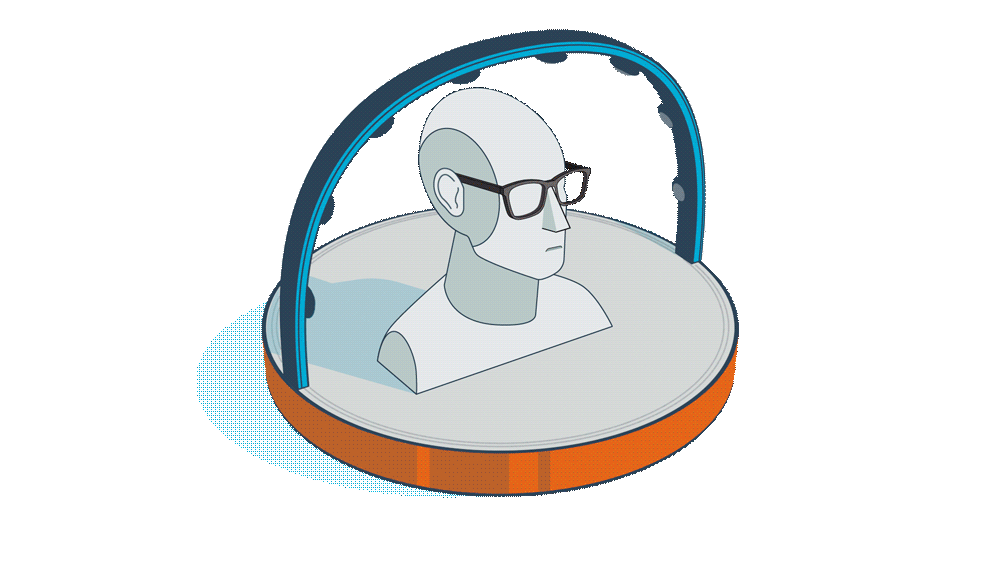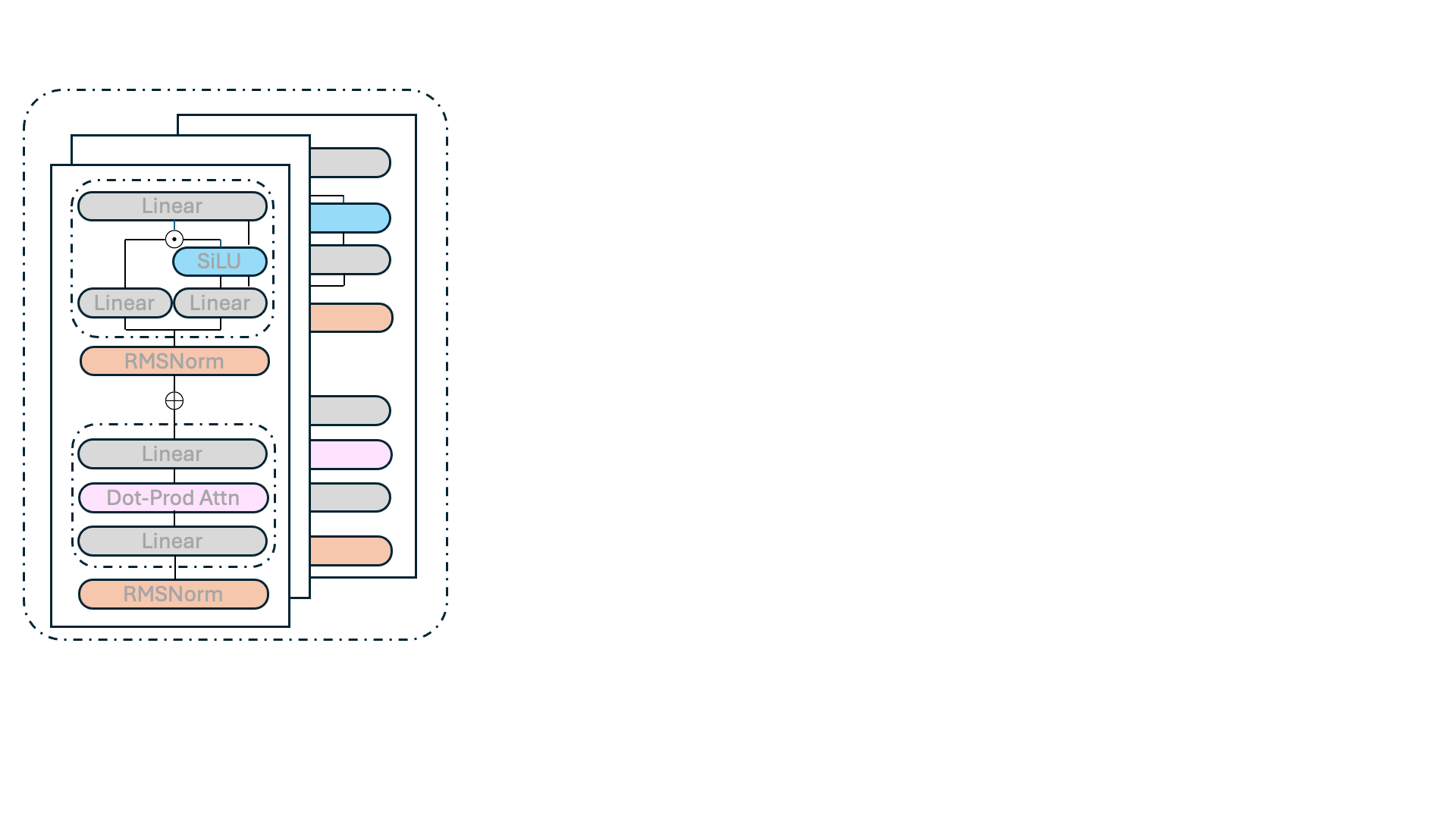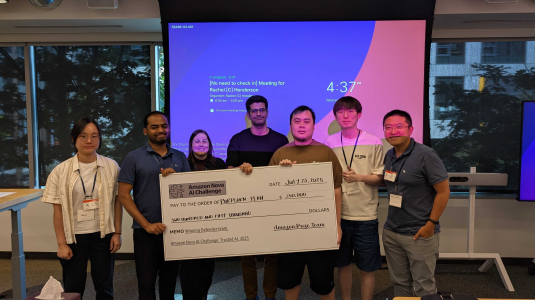Customer-obsessed science


Research areas
-
August 8, 2025A new philosophy for developing LLM architectures reduces energy requirements, speeds up runtime, and preserves pretrained-model performance.
Featured news
-
2024Models of various NLP tasks have been shown to exhibit stereotypes, and the bias in the question answering (QA) models is especially harmful as the output answers might be directly consumed by the end users. There have been datasets to evaluate bias in QA models, while bias mitigation technique for the QA models is still under-explored. In this work, we propose BMBI, an approach to mitigate the bias of
-
NAACL 2024 Workshop on Bridging Human-Computer Interaction and Natural Language Processing2024Conversational AI is a subtype of Human-Computer Interaction that has gained wide adoption. These systems are typically powered by Large Language Models (LLMs) that use Retrieval Augmented Generation (RAG) to infuse external knowledge, which is effective against issues like hallucination. However, automatically evaluating retrieval augmented conversations with minimal human effort remains challenging, particularly
-
2024Evaluating a new ranking policy using data logged by a previously deployed policy requires a counterfactual (off-policy) estimator that corrects for presentation and selection biases. Some estimators (e.g., the position-based model) perform this correction by making strong assumptions about user behavior, which can lead to high bias if the assumptions are not met. Other estimators (e.g., the item-position
-
Extracting product attributes from images involves classifying subtle differences between similar objects. Visual Transformers (ViT) are powerful but usually supervised, while e-commerce labels are noisy or expensive to clean. In this work, we demonstrate the benefit for e-commerce of semi-supervised techniques like Semi-ViT, a ViT model fine-tuned with unlabeled data. We demonstrate that when Semi-ViT
-
ICCSM 20242024Security Attacks (SA) refer to a kind of malicious activity in which SA causes information destruction. Existing works have failed to concentrate on various attacks that limit the model’s performance. Therefore, this paper presents Cumulative Distribution-GELU-Convolutional Neural Network (CD-GELU-CNN) and Feature Map-based-Lattice Rainbow Quantum Cryp-tography (FMLRQC) techniques for SA detection and prevention
Academia
View allWhether you're a faculty member or student, there are number of ways you can engage with Amazon.
View all





























